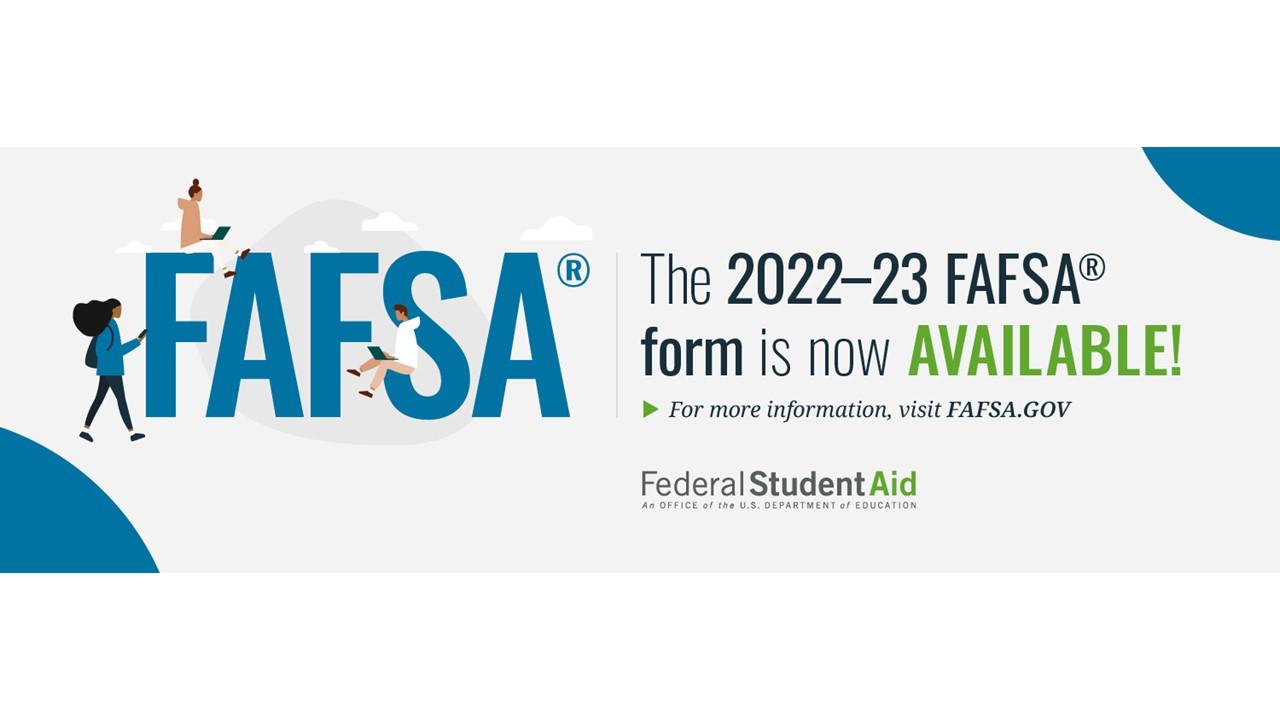Hurry Up and Apply: FAFSA Is First Come First Serve
With FAFSA applications officially open for the year, students wonder whether it's a first-come-first-serve situation and if they should apply early.
Oct. 1 2021, Published 2:53 p.m. ET
As of Oct. 1, FAFSA application time is here, and the federal government is ready to give out $150 billion in financial aid for the 2022–2023 college school year. While it might be a while until students are ready to tie themselves to one college, it's a good idea to get those applications in early—especially if you are eligible for financial aid.
Here's the rundown on FAFSA's first-come-first-serve basis, and why it might behoove students to get those applications in soon.
Individual schools distribute FAFSA aid to students.
Prospective college students complete the free Federal Student Aid application on the federal website. However, it's ultimately up to individual schools to distribute that money. As such, the amount of aid you receive depends on which schools you're accepted to.
Many schools offer financial aid on a first-come-first-serve basis.
FAFSA aid depends on more than just the schools that accept you. It also depends on when you apply. This is because schools usually give out FAFSA on a first-come-first-serve basis. Late applicants might not receive federal aid to their preferred school because the school has already given out all of the aid it can give.
Schools go by the date the application is completed and give aid to students who applied earliest. The federal aid includes scholarships, grants, federal student loans, and work-study funds. Applying to schools late can mean missing out on a ton of aid.
The cost of college is increasingly burdensome.
College tuition is a sensitive subject for most millennials. Now, younger generations are experiencing the wrath of student loans and upfront college costs. SUNY schools (State Universities of New York) raised out-of-state tuition and fees for the upcoming school year. Many other schools have kept tuition stable during the COVID-19 pandemic but are offering students fewer benefits as they go to school virtually or in a hybrid environment.
All the while, the average student loan debt for U.S. borrowers is around $30,000. That's likely why only 64 percent of 2020 college graduates took on student loan debt compared to 68 percent the year prior.
No free college from the government—yet
President Biden and House Democrats support America's College Promise, which would provide two years of free tuition for community college students. The program would start as a federally funded initiative, ultimately easing into being state funded over the years. Despite expectations, this bill hasn't rallied enough support to move through the legislative process.
Meanwhile, big corporations like Target, Amazon, and Walmart are offering to pay tuition for employees. However, participation rates for employer-backed education are historically low because of a general lack of awareness or support for students.
Until the U.S. works out these kinks and more, FAFSA will remain a key ingredient for college hopefuls.
Get your FAFSA applications in early
With most schools operating on a first-come-first-serve basis for FAFSA and other aid, it's best to get your applications in as soon as possible.


